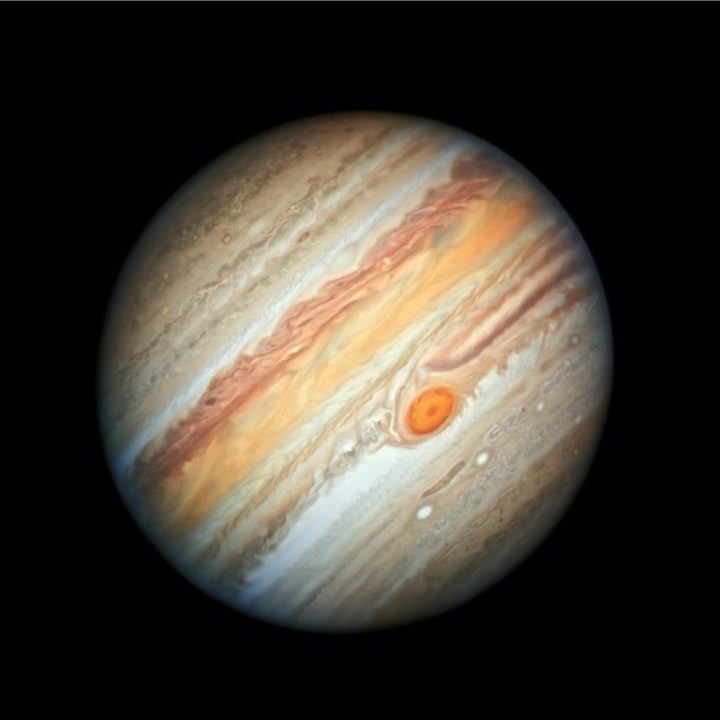Widely considered our solar system’s most beautiful planet, Jupiter will reach opposition this month. That means Jupiter will be at its closest point to Earth, offering excellent views of this natural wonder. Jupiter’s opposition happens every 13 months, but this opposition is a special one as the planet will make its closest approach to Earth in 70 years.
When looking from Earth at a planet like Jupiter, the distance between the two planets will be shortest when the planets are in opposition. This means that Earth is directly between the sun and Jupiter, so as the sun sets in the west, Jupiter rises in the east. That’s the 13-month cycle of a typical opposition, but this opposition is unusual.

That’s because all of the planets in the solar system orbit around the sun, but although these orbits are roughly circular they are not perfectly so. That means there are some times when they are closer to the sun (the closest point is called the perihelion), and some times when they are further away (with the further point called the aphelion). From our point of view, there are times when the orbit of Jupiter comes closer to Earth and times when it is more distant.
This month will see the opposition event coincide with Jupiter’s closest approach, with Jupiter coming within 365 million miles of Earth — as opposed to the 600 million miles of distance at its farthest point. That makes the next few weeks a great time for stargazers to look to Jupiter.
The closest approach will be throughout the night of Monday, September 26, but according to NASA astrophysicist Adam Kobelski, there will be great views before and after this date. “The views should be great for a few days before and after Sept. 26,” Kobelski said. “So, take advantage of good weather on either side of this date to take in the sight. Outside of the Moon, it should be one of the (if not the) brightest objects in the night sky.”
Those who have access to a telescope or binoculars should be able to get a great view of not only Jupiter but also its moons, according to astronomy site EarthSky.
“With good binoculars, the banding (at least the central band) and three or four of the Galilean satellites (moons) should be visible,” Kobelski advised. “It’s important to remember that Galileo observed these moons with 17th-century optics. One of the key needs will be a stable mount for whatever system you use.”



